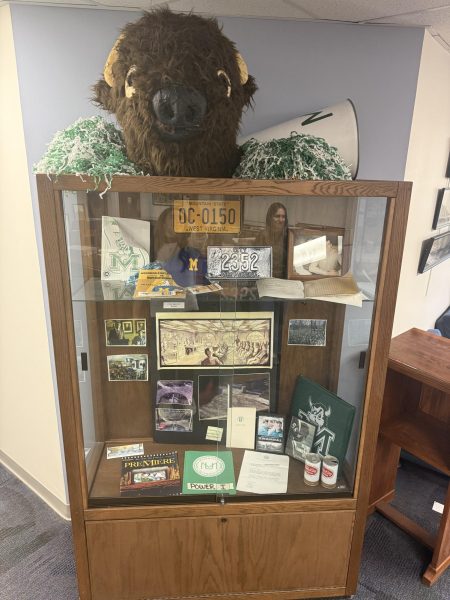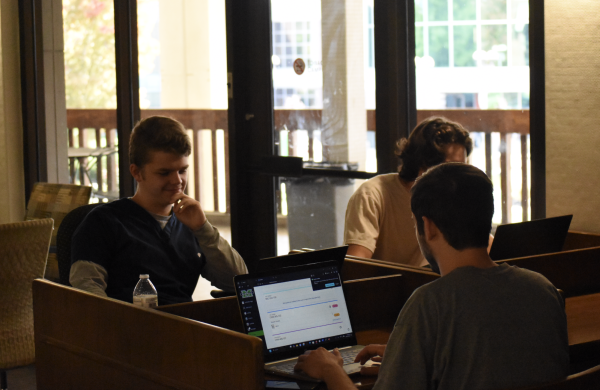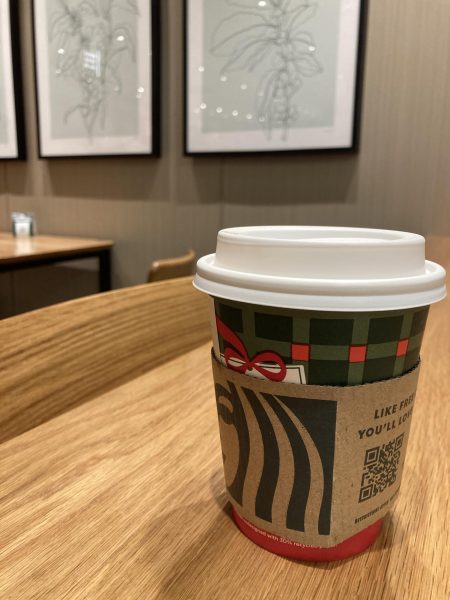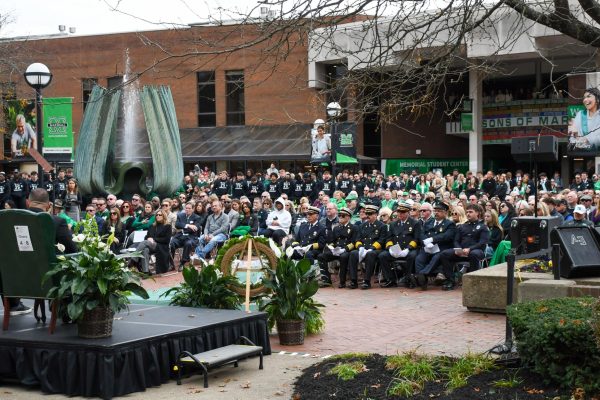Marshall’s first ‘Great Backyard Bird Count’ to contribute to national database
Marshall University and West Virginia Science Adventures are sponsoring a branch of the Annual Great Backyard Bird Count for the first time this Saturday in Ritter Park.
The event, which is managed by Cornell Lab of Ornithology, spans around the globe and was established in 1998.
Kimberly Dingess, birder and director of Danta, Association for Conservation of the Tropics, said anyone is welcome at the event and there are no special skills needed, however, participants are encouraged to bring binoculars.
“Participants gain satisfaction in contributing to a global database,” Dingess said. “This ultimately helps in the conservation and management of bird species.”
As part of the project, Dingess will be giving an informal lecture Friday evening before the bird count in the Marshall Science Building.
Dingess said she plans on giving helpful tips to participants on how to better identify local birds and going over general information about the annual GBBC.
Suzanne Strait, director of West Virginia Science Adventures and professor of biological sciences, said the College of Science chose to help with the event as a fun new way to get people interested in science and the world around them.
“Bird watching is a great way to get people outside and engaged with nature and science,” Strait said.
Dingess said the GBBC is a fantastic way to bring citizens together in an educational way.
“They gain knowledge of their local bird species,” Dingess said. “It’s also just a lot of fun and a purposeful way to bring the community together.”
Dingess said the annual bird count is also very important to the scientific community as a whole.
“Researchers use the data to assist in tracking bird migrations,” Dingess said. “This helps them obtain population counts of different species and in determining how populations change from year to year.”
The GBBC is a four-day event, spanning from Friday through Monday. Dingess said participants are encouraged to observe and report their findings for at least 15-minutes on one or more of the four days, or as long as they wish.
Participants of the project can report their findings to birdcount.org.
The project helps give scientists and bird lovers alike a real-time look at where birds are located all over the world.
According to The Great Backyard Bird Count’s website, more than 160,000 people of all ages typically participate in the event.
The count will begin at 8 a.m. Saturday in front of the fountain at Ritter Park.
Dingess’s lecture is at 6:30 p.m. Friday in Room 376 of the Science Building.
Hanna Pennington can be contacted at penningto131@marshall.edu.
Your donation will help continue the work of independent student journalism at Marshall University. If you benefit from The Parthenon's free content, please consider making a donation.






